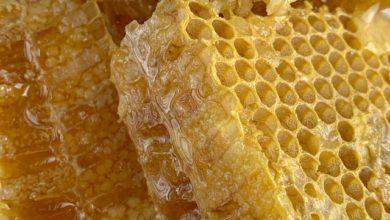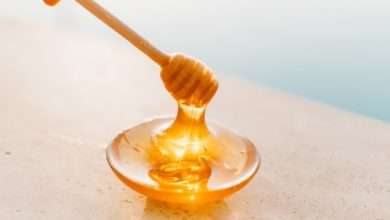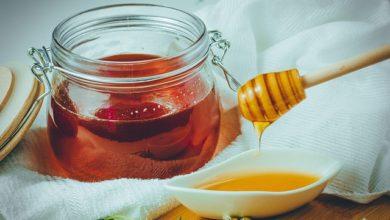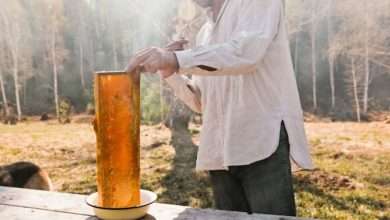What are Stingless Honey Bees
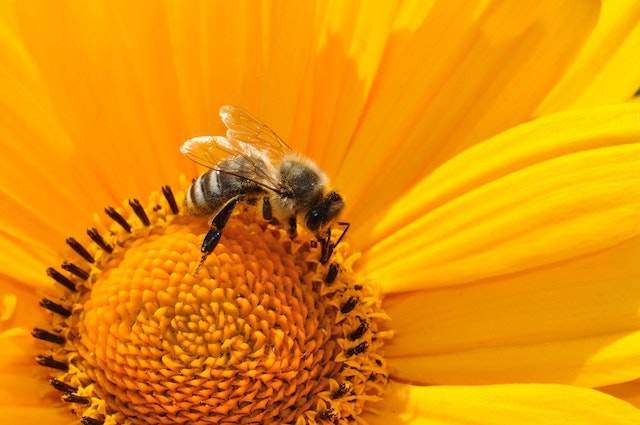
What are Stingless Honey Bees?
A substantial subset of the family Apidae, the stingless bees are members of the tribe Meliponini (often known as stingless honey bees). They are closely related to bumblebees, honeybees, carpenter bees, and orchid bees.
Several bee species, notably those belonging to the Andrenidae family, lack stingers despite their popular name.
Stingless bees may be found in a variety of locations across the world, including Australia, Africa, Southeast Asia, and even parts of Mexico and Brazil. Although stingless bees make up the vast majority of Central and South American eusocial bees, only a small percentage of those species produce enough honey to be farmed commercially.
Africa is also home to a sizable stingless bee population, which is both a source of agricultural success and a rich source of biodiversity. Honey from stingless bees is highly valued for its medicinal properties in many parts of Africa.
Typical Activities of a Stingless Bee
While less busy in colder weather, stingless bees remain active year-round. They don’t sting like other social bees but will bite to protect their colony. Even though they can’t sting, stingless bees may build vast, well-defended colonies.
Stingless Bee Colonies

Stingless bees often choose cavities in trees or fissures in rocks for nesting, but they have also been seen in wall voids, garbage cans, water meters, and drums. As it is easier to keep the bees under control if they stay in their original log hive, many beekeepers choose not to transfer the hive to a wooden box.
Stingless bees build large egg-shaped pots out of beeswax to store food sources like pollen and honey. Combinations of beeswax and other plant resins are common (also termed “propolis”).
The bee larvae are often housed in a horizontal brood comb arrangement in the center of the hive, with individual containers arranged around this region. Many worker bees never leave the hive after emerging from their chambers. The older workers are only used as guards or foragers.
Instead of feeding honey bee larvae by hand, stingless bees do not do so with their own young. When a worker bee lays an egg, she immediately supplies it with nectar and pollen, then locks the cell until the adult bee emerges from pupation (a process known as “mass provisioning”). While the range for worker population in a hive is broad (from 300 to 80,000 individuals), it should be noted that species diversity is high.
Stingless Bee Habitats
Although in real honey bees, the larval diet determines whether a female will become a worker or a queen, in most other species, the caste system is dependent only on the quantity of pollen ingested.
Since they pose no threat to people, stingless bees have become popular in suburban gardens. Most people who raise stingless bees do it not for the honey but rather to help preserve a native species whose habitat is shrinking as a result of human development. To compensate, while foraging for nectar and pollen, bees pollinate crops, garden flowers, and woodlands.
Honey Production of Stingless Bees
These bees may be employed for a small-scale honey harvest in Australia’s warmer regions. Furthermore, in these places, you may effectively keep them in boxes. Little quantities of honey may be safely harvested from stingless bees in these places utilizing the new techniques being developed.
Like stinging bees, stingless bees take nectar and store it in a crop, an organ that extends from the digestive tract. As the bees return to the hive, they spin the nectar droplets in their mouths to ripen or dry them until honey is made.
The sugar concentration of the nectar grows as it ripens, but it still needs to be more concentrated than honey made by genuine honeybees. It has a runnier texture and a shorter shelf life.
A colony of stingless bees may only expect to produce around 2 lbs of honey each year, compared to the 100 lbs a hive of commercial honeybees can produce.
Stingless Bee Honey Flavor
Honey from stingless bees has a distinct flavor that combines sweet and tart notes with a subtle lemony undertone. Depending on what kinds of flowers and trees the bees visit, the honey will have a different flavor because of the plant resins they utilize to make their colonies and honey pots.

Stingless Bee Pollination
The imported Western honey bee is vital to the agricultural industry of Australia since it pollinates crops. Although European honeybees are excellent all-around pollinators, native bees may be more effective on some crops.
Research shows that stingless bees are effective pollinators of fruit trees, particularly mangoes and macadamia nuts. Strawberries, watermelons, oranges, avocados, lychees, and many more might also benefit from them.
Stingless bees have shown promising results in early research into their usage for agricultural pollination in Australia.
Stingless Bee Honey Health Benefits
Honey from stingless bees contains anti-inflammatory, antioxidant, and antibacterial effects in addition to a low glycemic index. As it contains no allergens, honey from stingless bees might help your body fight off illness.
FAQ
Do stingless bees produce honey?
- Native stingless bees are a primitive species that can only make a little quantity of honey. Only in the warmer parts of Australia, like Queensland and northern New South Wales, are they able to produce enough honey to sell. Honey collection from a hive at a colder location may have a negative impact on the colony’s health.
Why is stingless bee honey sour?
- Honey made by stingless bees has a unique “bush” flavor that is a little sour, somewhat sweet, and fruity. The flavor originates from the plant resins the bees use to construct their colonies and honey pots, and it changes throughout the year as they visit various types of flowers and trees.
Can stingless bees live in the US?
- Stingless bees aren’t native to North America, only in a few isolated regions of the globe are stingless bees common.
Why do stingless bees not sting?
- They are members of the Apidae family, like honey bees and bumble bees, but unlike other species, they have a very tiny stinger (really a modified ovipositor) that they cannot use effectively for defense.
What do you call honey produced by stingless bees?
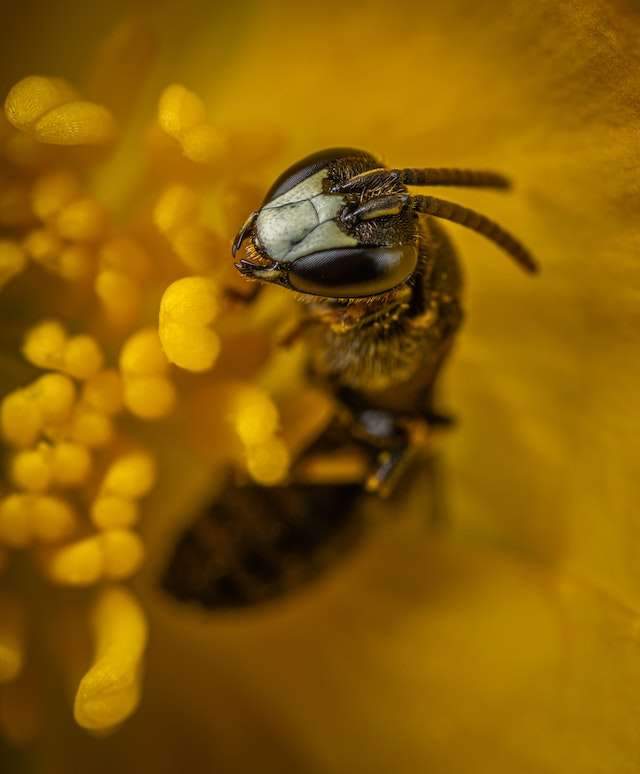
- Several other names have been given to honey made by stingless bees. Some examples are Meliponine honey, pot honey, sugarbag honey (in Australia), and Kelulut honey (in Malaysia).
Can you be stung by a stingless bee?
- Due to their tropical origins, stingless bees may be seen at any time of the year, however, they may be less active during the winter months due to the fact that certain species experience diapause when temperatures drop below a certain threshold. Nonetheless, if their colony is threatened, they will defend themselves by biting, unlike other eusocial bees.
Is stingless bee honey better than manuka honey?
- The low sugar content of this sweet-sour honey, produced by stingless Trigons bees, means it has a Glycemic Index (GI) that is just a third that of manuka honey. Often, Trigona bees are kept as pollinators rather than for their honey.
Is stingless bee honey good for diabetics?
- As stingless bee honey has a lower glycemic index (GI), it is better for diabetics since the sugar takes longer to be absorbed into the bloodstream and does not cause a rapid rise in glucose levels.

